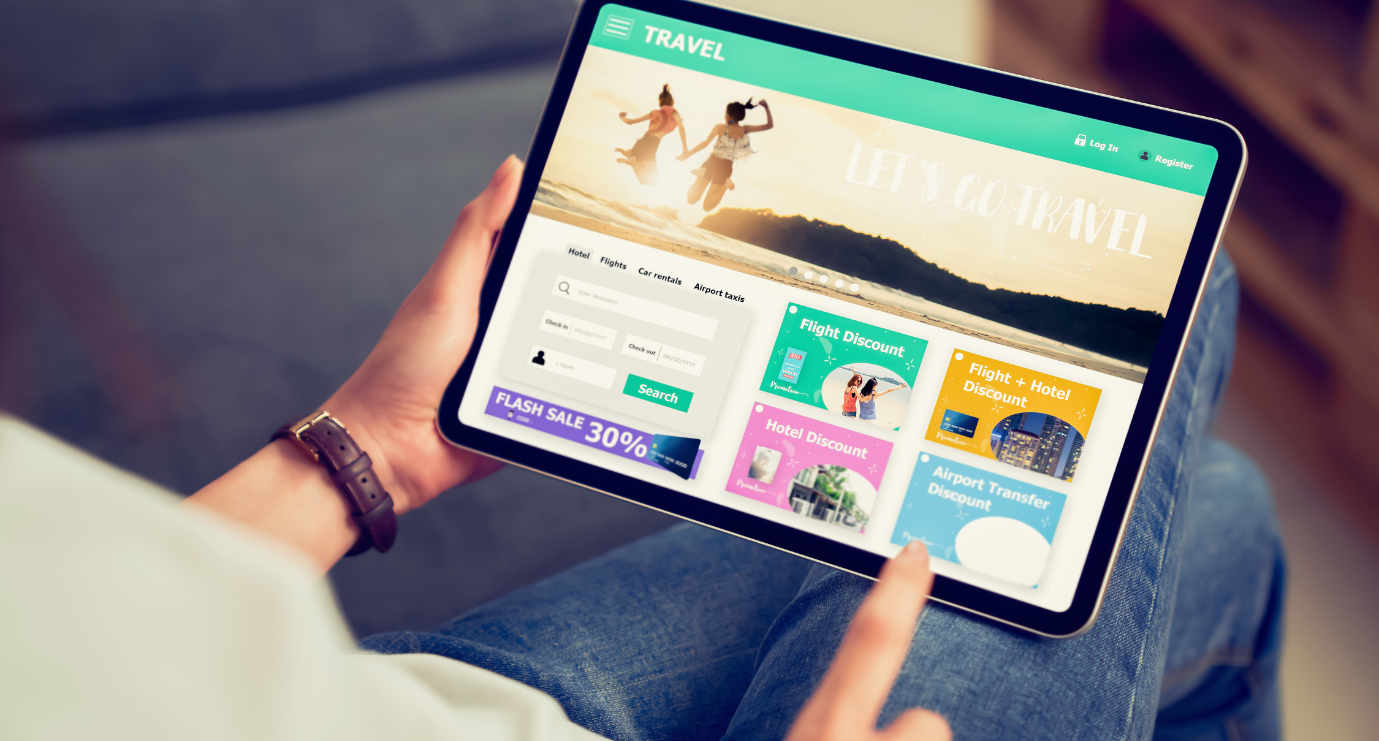The Anatomy of Website Personalization: What's Involved?
Akshay Sura - Partner
6 Oct 2023
Undoubtedly, website personalization is the way to go for digital marketing. It lets brands deliver customized experiences for their audience. However, it's as confusing as a Rubik's Cube if you need to learn how it works. Let's untangle the components of website personalization and what it takes to implement it.
Data Collection
The starting point of personalization is data.
- Behavioral Data: User actions on your site, such as pages viewed, time spent, or items added to the cart.
- Demographic Data: Information like age, gender, location and occupation.
- Transactional Data: Subscription history, past purchases, and other interactions.
- Device Data: Browser type, device used and so on.
User Segmentation
Once data is collected, users are grouped based on shared characteristics or behaviors.
- First-time visitors vs returning visitors
- Users from different geographical locations
- Different stages in the buying cycle
Content Creation and Curation
You'll need different content sources that address specific needs to cater to each segment.
- Product suggestions
- Customized blog posts or articles
- Sales or discounts explicitly made for them
- Messages that are personalized or pop-ups
Integration of Personalization Tools
There's an array of tools available to help make website personalization easier. These tools help automate things like user behavior tracking and serving personally tailored content.
Real-time Personalization
Real-time personalization adjusts content for the most dynamic experience possible as users interact with the site. For instance, if a user spends considerable time browsing through a particular product category, they might immediately get a special offer within that category.
Testing and Optimization
Like any digital strategy, this requires regular testing:
- A/B Testing: Comparing two versions to determine which performs better.
- Multivariate Testing: Trying out multiple variables simultaneously to find the best combination.
Feedback Loop
Encourage users to share their experiences. This not only does it give you direct insight from the user but also helps refine and improve your personalization strategy.
Privacy Considerations
Given that data collection is key, it's important to keep user trust:
- Always obtain user consent before collecting data.
- Ensure you're compliant with any relevant regulations like the GDPR or CCPA.
- Allow users to opt-out and provide clear information on how their data will be used.
Continuous Learning and Adapting
The digital landscape is constantly changing, as are user preferences. This means that your personalization strategy must adapt well to these trends or new technologies.
Although intricate, it's a rewarding endeavor that lets you deliver content tailored to specific people. But remember, it's not just about serving tailored content — it's about creating a seamless and memorable experience. With a systematic approach, collecting the correct data, leveraging tools, and continuously optimizing your website can go from static to dynamic for an audience that truly resonates with them.

Akshay Sura
Akshay is a nine-time Sitecore MVP and a two-time Kontent.ai. In addition to his work as a solution architect, Akshay is also one of the founders of SUGCON North America 2015, SUGCON India 2018 & 2019, Unofficial Sitecore Training, and Sitecore Slack.
Akshay founded and continues to run the Sitecore Hackathon. As one of the founding partners of Konabos Consulting, Akshay will continue to work with clients to lead projects and mentor their existing teams.



Share on social media